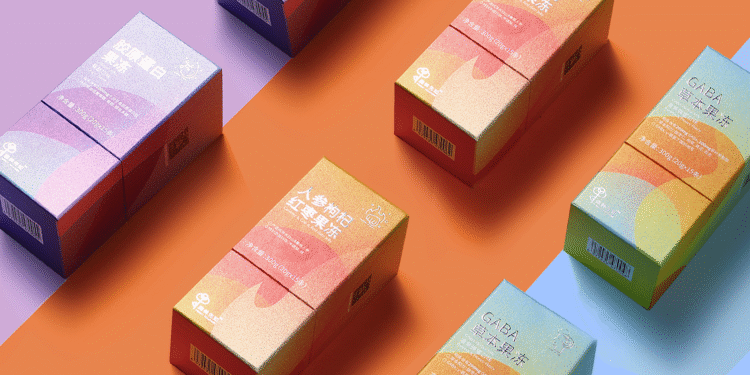In the beauty industry, where competition is fierce and choices are endless, consumers often rely on subtle cues to make decisions. Among these, packaging aesthetics stand out as one of the most powerful influencers. Before anyone tests a formula, smells a fragrance, or applies a cream, they encounter the packaging. But can design truly affect how buyers judge product quality? Research and industry trends suggest the answer is a resounding yes.
Packaging as a Silent Salesperson
Every product on a shelf is vying for attention. In just a few seconds, packaging must communicate brand identity, quality, and trustworthiness. A sleek, minimalist bottle might suggest purity and luxury, while a brightly colored package could signal fun and affordability. These impressions form before the consumer even reads the label.
For beauty products, packaging serves as a silent salesperson, nudging customers toward one brand over another. It doesn’t just hold the product it tells a story that influences expectations.
The Psychology Behind Aesthetics
Color, texture, typography, and shape all play roles in how consumers perceive value. Luxury brands often favor muted palettes, metallic accents, and embossed details to convey sophistication. In contrast, indie or youth-oriented brands may use bold colors and playful fonts to project creativity and accessibility.
Consumers subconsciously associate certain design elements with quality. For example, heavy glass jars suggest durability and premium craftsmanship, while lightweight plastic containers may feel less luxurious even if the product inside is identical.
Trust and Transparency Through Design
Modern consumers, especially millennials and Gen Z, value transparency in cosmetics. Packaging that emphasizes clean lines, clear labeling, and minimal clutter communicates honesty. Some brands even incorporate transparent packaging or windows, allowing consumers to literally see what they’re buying. This visual openness builds trust and reinforces quality perceptions.
Typography and layout also matter. A well-organized label with clear ingredient lists suggests professionalism, while crowded or confusing designs may raise doubts about legitimacy.
Sustainability as a New Quality Marker
In today’s beauty market, sustainability is no longer a side note it’s a marker of brand quality. Eco-conscious consumers judge packaging not just by looks but also by material choices. Recyclable components, refillable containers, and biodegradable materials all contribute to a brand’s perception of responsibility and care.
A product packaged sustainably signals forward thinking and attention to detail, qualities consumers often equate with higher product standards. Thus, aesthetics and ethics increasingly go hand in hand.
When Aesthetics and Regulations Meet
Beauty packaging must walk a fine line between creativity and compliance. Regulatory information ingredients, warnings, certifications needs to be included without detracting from visual appeal. Brands that successfully integrate these requirements into elegant designs demonstrate not just artistry but also credibility.
This balance is particularly important for international brands navigating multiple regulatory markets. A strong design can unify global branding while adapting to local compliance rules.
Real-World Implications for Cosmetic Brands
The influence of packaging aesthetics is not just theoretical. Startups and independent beauty brands have broken into competitive markets largely through bold, distinctive packaging choices. In many cases, their designs generate buzz on social media platforms like Instagram and TikTok before customers even try the products.
Meanwhile, established brands consistently invest in packaging redesigns to remain relevant and fresh. They recognize that in beauty, aesthetics are not secondary they are central to consumer decision-making.
Conclusion: Beyond the Surface
While packaging aesthetics might seem like surface-level marketing, they carry real weight in shaping how consumers perceive quality in cosmetics. From color psychology to sustainability cues, every design choice impacts expectations and trust.
For beauty brands, investing in thoughtful packaging is not optional it’s essential. A well-designed package doesn’t just hold a product; it builds a perception of value that can make or break a purchase decision.
This is why companies put so much effort into how they design cosmetic labels because in the beauty industry, appearance matters long before the first application.









